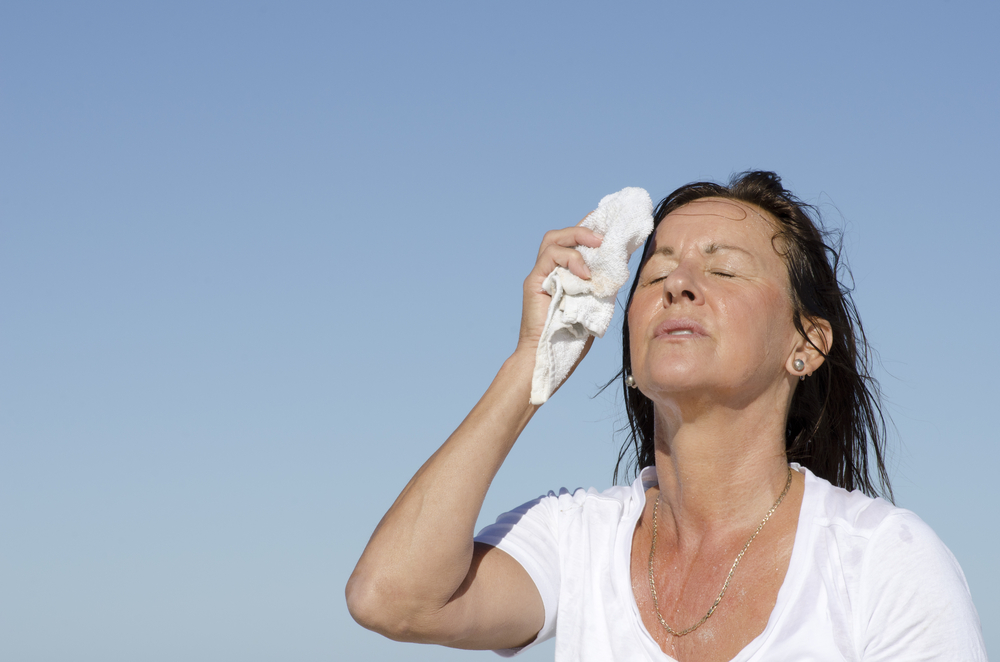
How to Protect Yourself from Sun and Heat

Live Science is bringing our readers a monthly series on personal health goals, with tips and tricks for reaching those goals with advice we've gathered from the countless health experts we've interviewed. Each month, we'll focus on a different goal, and the goal for May is "Protect Yourself from Sun and Heat." Follow us on Facebook and Twitter to connect with other readers who are working toward these goals.
Jump to: January — Lose Weight | February — Eat Healthy | March — Start Exercising | April — Cope with Allergies | June — Stay in Shape Outdoors
Whether you live in a spot that's currently a winter wonderland, or a city with constantly sunny skies, one thing is clear: When the sun is shining, you want to get outside.
But before heading out to enjoy the sunshine and heat, it's important to take certain precautions to protect yourself.
To stay safe in the sun and heat this spring, summer and beyond, Live Science pulled together the best advice and most relevant stories to help you enjoy all your time outdoors safely.
Sunburns: What to Know
The risks of getting too much sun are as clear as day. The sun's ultraviolet (UV) rays not only damage skin cells and cause sunburns, but they also are a proven human carcinogen, meaning they cause cancer, according to the World Health Organization. Indeed, the vast majority of cancer cases come from exposure to UV rays, the Skin Cancer Foundation says. Here's a look at how the sun does its damage, and why sunburns are a problem.
- What Causes Sunburns?
- Why We Sunburn
- Why Sunburn Hurts
- Skip This Added Expense on Your Next Sun-Filled Vacation
- Severe Sunburns Early in Life Linked to Higher Melanoma Risk
Sunscreen 101
When it comes to sun safety, sunscreen is one of your most important lines of defense. But the labeling on sunscreen bottles has changed in recent years, so it's important to make sure your sunscreen knowledge is up-to-date before slathering your skin with lotion. For example, grabbing the first bottle you find in your cabinet may not provide the best protection, as sunscreens do expire. And the language on the labels does matter, so make sure you know what to look for to ensure you stay safe in the sun.
Get the world’s most fascinating discoveries delivered straight to your inbox.
More info:
- How Does Sunscreen Work?
- 'Water-Resistant' vs 'Waterproof': A Guide to Understanding Sunscreen Labels
- 5 Surprising Things About Sunscreen
- How Long Does Sunscreen Last Before It Expires?
- It May Smell Nice, But Is Your Sunscreen Actually Protecting You?
- New Sunscreen Recommendations for 2017: Here's What to Look For
- 5 Things You Didn't Know About Sunscreen
It's not just sunscreen…
Although sunscreen is essential for blocking the sun's harmful rays, it's not the only way to boost your protection. Your clothes and sunglasses can also help keep you safe from the sun. And simple steps like avoiding the sun during the middle of the day are beneficial as well. Here's a look at other ways to protect yourself from the sun.
- Sun Protection App Works, If People Use It
- Sun Protection Clothing: As Good as Sunscreen, or Better?
- Skin Protection Could Prevent 230,000 Melanoma Cases Over a Decade
- Sunglasses Carry Shady UV-Protection Claims, Study Reveals
- How to Protect Babies from the Summer Sun
But the sun isn't all bad…
When it comes to the sun, it can be difficult to balance the good and the bad. But there are health benefits associated with the sun's rays — indeed, completely avoiding the sun at all costs can be harmful. Sunlight is the best source of vitamin D, and it's difficult to get enough of this vitamin through food sources alone. Vitamin D is produced when UV rays hit the skin, causing a chemical reaction. Here's more on how sunlight may be good for your health.
- How to Protect Babies from the Summer Sun
- Sunshine May Lower Your Blood Pressure
- Some Sun Exposure May Be Good for Health
- Life in the Sun Lowers Multiple Sclerosis Risk
Dangers of heat
Of course, the sun isn't the only health hazard that presents itself on hot days outdoors. Rising temperatures put people at risk of heat-related illnesses, which include heat exhaustion and deadly heat stroke. Here's what to know about how high temperatures can cause harm.
- Deadly Degrees: Why Heat Waves Kill So Quickly
- What's Hyperthermia?
- What is Heat Stroke?
- Exercise Caution: Heat Illness Sends 6,000 to ER Yearly
Protecting yourself from the heat
Staying cool and hydrated is essential for protecting yourself against the dangers of heat. Here are Live Science's best tips to beat the summer heat and enjoy your time outside when the weather is hot.
Originally published on Live Science.

 Live Science Plus
Live Science Plus








